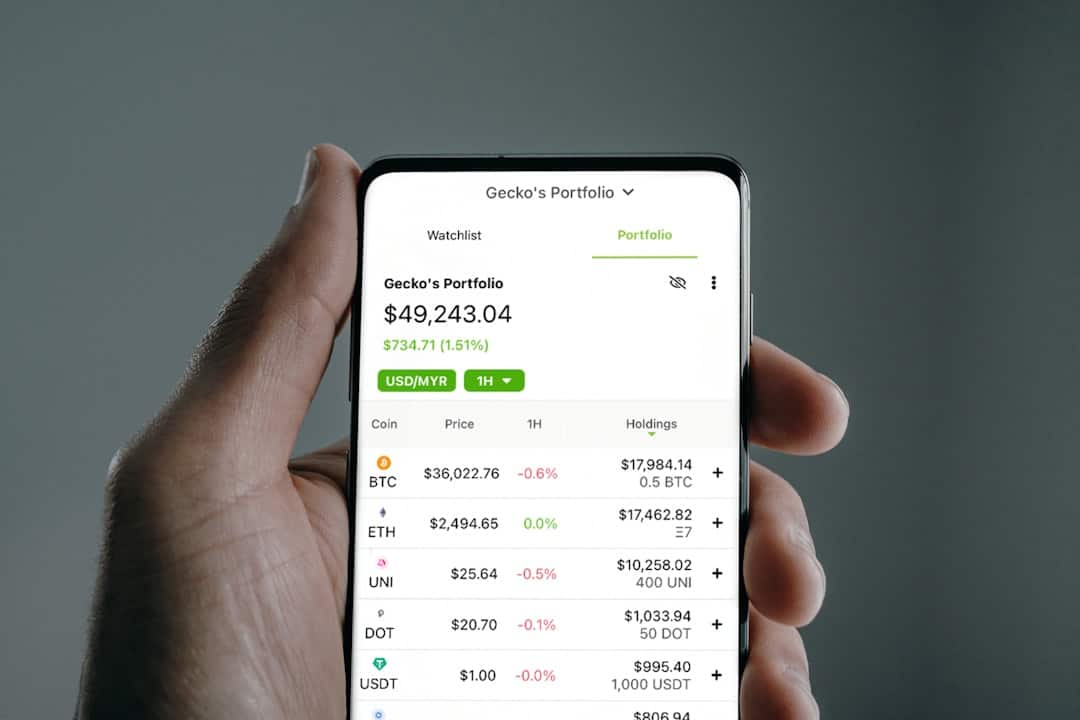Zero Trust Network Access (ZTNA) is a security model that eliminates trust based on network location. Traditional security approaches relied on distinguishing between trusted internal networks and untrusted external networks. However, the rise of remote work and cloud-based applications has rendered this model obsolete.
ZTNA operates on the principle of “never trust, always verify,” requiring authentication and authorization for all users and devices, regardless of their location. ZTNA employs several key technologies to achieve its security objectives. These include identity and access management (IAM), encryption, and micro-segmentation.
IAM ensures that only authorized users can access specific resources. Encryption protects data in transit across networks. Micro-segmentation divides the network into smaller segments, limiting lateral movement for potential attackers.
By integrating these technologies, ZTNA provides a more comprehensive and adaptable security framework. This approach is better suited to address the challenges of modern IT environments, including distributed workforces and cloud-based infrastructure. ZTNA helps organizations minimize the risk of data breaches and unauthorized access while maintaining flexibility and productivity.
Key Takeaways
- Zero Trust Network Access (ZTNA) is a security model that requires strict identity verification for every person and device trying to access resources on a private network, regardless of whether they are sitting within or outside of the network perimeter.
- Implementing ZTNA for network security offers benefits such as improved visibility and control over network traffic, reduced attack surface, and enhanced protection for remote and mobile users.
- Zscaler is revolutionizing network security with ZTNA by providing a cloud-based platform that enables organizations to securely connect users to applications without the need for a traditional VPN.
- Key features of Zscaler’s ZTNA solution include a policy-based approach to access control, seamless user experience, and integration with other security tools for comprehensive protection.
- Case studies demonstrate successful implementation of ZTNA by Zscaler, showcasing how organizations have improved their security posture and user experience while reducing costs and complexity.
- The future of network security lies in ZTNA and beyond, as organizations continue to adopt cloud-based and zero trust security models to adapt to the evolving threat landscape and remote work trends.
- Getting started with ZTNA involves steps such as assessing current network security posture, defining access policies, and implementing Zscaler’s solution with the support of their experts for a smooth transition.
The Benefits of Implementing ZTNA for Network Security
Reduced Attack Surface
ZTNA reduces the attack surface by implementing a least-privileged access model. This means that users only have access to the resources they need to perform their jobs, reducing the risk of unauthorized access and lateral movement by attackers.
Granular Control and Visibility
Additionally, ZTNA provides granular control over user access, allowing organizations to enforce policies based on user identity, device posture, and location. This level of control is essential for securing modern IT environments, where users may be accessing resources from a variety of devices and locations. Furthermore, ZTNA improves visibility and monitoring capabilities, allowing organizations to gain insight into user behavior and network traffic.
Improved Compliance and User Experience
ZTNA simplifies compliance efforts by providing detailed audit logs and access controls that align with regulatory requirements. Finally, ZTNA can improve user experience by providing secure access to resources from any location, without the need for a traditional VPN. This flexibility is particularly valuable for remote workers and distributed teams.
How Zscaler is Revolutionizing Network Security with ZTNA

Zscaler is a leading cloud security company that is revolutionizing network security with its Zero Trust Network Access (ZTNA) solution. Zscaler’s approach to ZTNA is based on the principles of simplicity, scalability, and security. The company’s cloud-native platform enables organizations to securely connect users to applications without the need for traditional VPNs or on-premises appliances.
This approach not only improves security but also simplifies network architecture and reduces operational overhead. Zscaler’s ZTNA solution is built on a global cloud infrastructure that provides low-latency access to applications from anywhere in the world. This architecture ensures that users have a fast and reliable experience, regardless of their location.
Additionally, Zscaler’s platform integrates seamlessly with existing security controls, such as identity providers and multi-factor authentication solutions, making it easy for organizations to adopt ZTNA without disrupting their existing security posture.
Key Features of Zscaler’s ZTNA Solution
| Key Features | Description |
|---|---|
| Zero Trust Security | Provides secure access to applications without granting access to the entire network. |
| Application Segmentation | Enables granular control over application access based on user identity and context. |
| Multi-factor Authentication | Enhances security by requiring multiple forms of verification for user authentication. |
| Policy-based Access Control | Allows administrators to define access policies based on user, device, and location. |
| Secure Remote Access | Enables secure access to applications for remote users without the need for a VPN. |
Zscaler’s ZTNA solution offers several key features that set it apart from traditional network security approaches. Firstly, the solution provides secure access to applications without placing users on the corporate network. This “never trust, always verify” approach minimizes the risk of lateral movement by attackers and reduces the attack surface.
Additionally, Zscaler’s ZTNA solution offers granular access controls based on user identity, device posture, and location, allowing organizations to enforce least-privileged access policies. Furthermore, Zscaler’s platform provides comprehensive visibility into user behavior and network traffic, enabling organizations to detect and respond to security incidents in real-time. The solution also includes built-in encryption and micro-segmentation capabilities, further enhancing security posture.
Finally, Zscaler’s ZTNA solution is designed to be easy to deploy and manage, with centralized policy management and a global cloud infrastructure that ensures fast and reliable access to applications from anywhere in the world.
Case Studies: Successful Implementation of ZTNA by Zscaler
Several organizations have successfully implemented Zscaler’s ZTNA solution to improve their network security posture. One such organization is a global financial services firm that was struggling to secure remote access to critical applications. By deploying Zscaler’s ZTNA solution, the firm was able to provide secure access to applications from any location without compromising security.
The solution also improved visibility into user behavior and network traffic, enabling the firm to detect and respond to security incidents more effectively. Another success story comes from a healthcare organization that needed to secure access to electronic health records (EHR) from a variety of devices and locations. By implementing Zscaler’s ZTNA solution, the organization was able to enforce granular access controls based on user identity and device posture, ensuring that only authorized users could access sensitive patient data.
The solution also simplified compliance efforts by providing detailed audit logs and access controls that aligned with regulatory requirements.
The Future of Network Security: ZTNA and Beyond

Embracing a Dynamic and Flexible Approach
ZTNA offers a more dynamic and flexible approach to network security that is well-suited to the modern IT landscape. This approach is essential for organizations that need to protect their networks from the evolving threat landscape.
Innovations on the Horizon
Looking ahead, we can expect to see further innovation in ZTNA solutions, with a focus on improving user experience, enhancing visibility and monitoring capabilities, and integrating seamlessly with existing security controls. These innovations will be critical in addressing emerging threats such as ransomware attacks and supply chain vulnerabilities.
A Comprehensive Protection Solution
Ultimately, the future of network security lies in solutions like Zscaler’s ZTNA platform that provide comprehensive protection without sacrificing performance or user experience. As the threat landscape continues to evolve, it is essential to have a robust and adaptable network security solution in place.
Getting Started with ZTNA: Steps for Implementing Zscaler’s Solution
For organizations looking to implement Zscaler’s ZTNA solution, there are several key steps to consider. Firstly, it’s important to assess current network architecture and identify areas where ZTNA can improve security posture. This may involve conducting a thorough audit of existing access controls and user behavior.
Next, organizations should work with Zscaler’s team to design a deployment plan that aligns with their specific security requirements and business goals. This may involve configuring granular access controls based on user identity, device posture, and location, as well as integrating with existing security controls such as identity providers and multi-factor authentication solutions. Once the deployment plan is in place, organizations can begin implementing Zscaler’s ZTNA solution in a phased approach, starting with critical applications and gradually expanding to cover all resources.
Throughout this process, it’s important to continuously monitor user behavior and network traffic to ensure that the solution is effectively improving security posture. In conclusion, Zero Trust Network Access (ZTNA) represents a significant evolution in network security that is well-suited to the modern IT landscape. By implementing Zscaler’s ZTNA solution, organizations can improve their security posture while providing secure and reliable access to applications from anywhere in the world.
As the future of network security continues to evolve, solutions like ZTNA will play a crucial role in protecting organizations from emerging threats and ensuring compliance with regulatory requirements.
If you’re interested in learning more about the challenges and opportunities of implementing Zero Trust Network Access (ZTNA) technology like Zscaler, check out this insightful article on business and economic perspectives of ZTNA. This article delves into the potential impact of ZTNA on businesses and the economy, providing valuable insights for those considering adopting this innovative approach to network security.
FAQs
What is ZTNA Zscaler?
ZTNA Zscaler, also known as Zero Trust Network Access by Zscaler, is a security framework that ensures secure access to applications and resources, regardless of the user’s location.
How does ZTNA Zscaler work?
ZTNA Zscaler uses a zero trust approach, which means it verifies every user and device trying to access the network before granting access. It uses a software-defined perimeter to create an identity- and context-based access model.
What are the benefits of using ZTNA Zscaler?
Some benefits of using ZTNA Zscaler include improved security, simplified network access, reduced attack surface, and better visibility and control over network traffic.
Is ZTNA Zscaler suitable for all types of organizations?
ZTNA Zscaler is suitable for organizations of all sizes and industries, including enterprises, government agencies, and small businesses. It can be tailored to meet the specific security needs of different organizations.
How does ZTNA Zscaler differ from traditional VPNs?
ZTNA Zscaler differs from traditional VPNs in that it provides more granular control over network access, does not require users to be on the corporate network to access resources, and offers better protection against advanced threats.











Leave a Reply